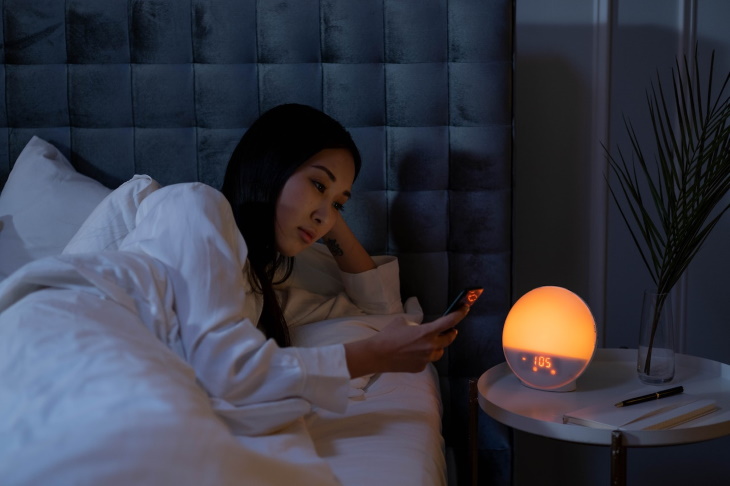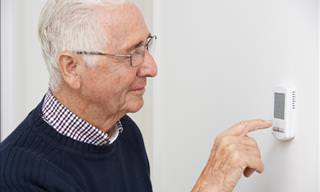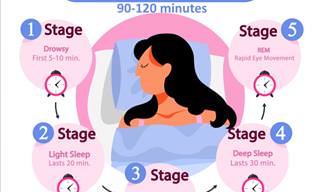Today, a healthy sleep schedule involves 7-8 hours of continuous sleep every night, but this wasn’t always the case. Prior to the Industrial Revolution that brought us artificial lighting and a normalized workweek, people all around the globe had a very different understanding of what sleep is considered “normal.”
One common practice was the habit of “two sleeps” -a variety of what we would call biphasic sleep today. This ancient sleep practice can be traced back to Greek and Roman times, and some researchers believe that it may be just a natural (if not more) than continuous sleep.
Moreover, people who struggle to sleep throughout the night might find relief in embracing a biphasic sleep habit.
Learn what biphasic sleep is and who can benefit from two periods of rest below.
What Is Biphasic Sleep?
Biphasic sleep refers to any sleep pattern where a person divides the time they’re asleep into two fragments. These rest periods can be equal, or one can be longer than the other. A midday nap is the most straightforward and intuitive example of biphasic sleep.
Biphasic sleep is also known as segmented, bimodal, diphasic, or segmented sleep. We’ll be using these terms interchangeably.
- Midday nap. A short 20-30 minute nap during the day and a 6-7 hour sleep period at night.
- Siesta. A longer 60-90 minute nap in the afternoon and 5-6 hours of sleep at night. Siestas are common in warmer countries, such as Spain and Italy, where residents nap during high heat.
- Two sleeps: rest is split into two equal parts interrupted by a period of wakefulness called the watch - sleep between 9-12 PM and 2-6 AM. This pattern is the original preindustrial-era form of bimodal sleep.
Is Biphasic Sleep Healthy?
Monophasic sleep patterns are widely considered natural today. Circadian rhythms - the body’s natural sleep-wake cycles - support this claim. Scientists observe how sleep hormone levels fluctuate in preparation to sleep at night and again in the morning to prime the body to wake up.
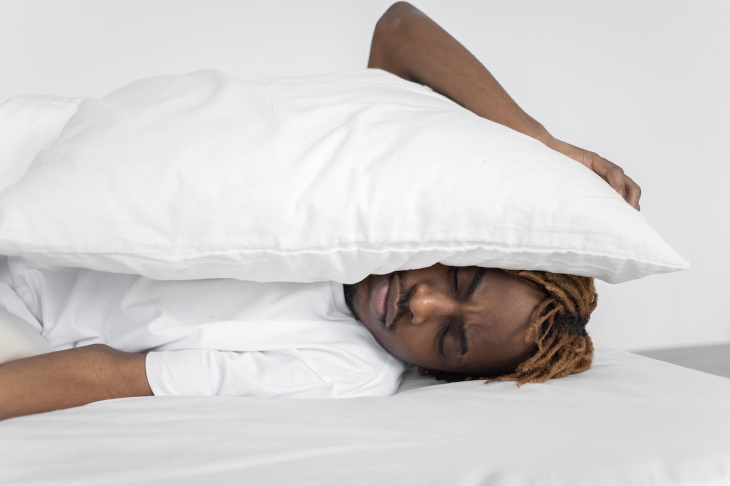
That being said, scientists have also observed naturally biphasic and even polyphasic sleep patterns in some people. We also know that most animals - from birds to mammals - exhibit biphasic and polyphasic sleep habits too.
So, could biphasic sleep be beneficial to your health or even more helpful than continuous sleep?
Two Sleeps
Let’s begin by pointing out the obvious - the “two sleeps” biphasic sleep schedule has been practiced by various cultures for centuries, according to historian Roger Ekirch. People would wake up in the middle of the night to socialize, pray, eat, or do chores. Segmented sleep has been the norm from Ancient Rome to Medieval Europe to Africa, Southeast Asia, and the Middle East.
Scientists across various fields of knowledge suggest that the incorporation of artificial lightning and the workday changed our sleep forever. Even if you don’t trust our ancestors’ expertise, contemporary evidence supports midnight waking. One fascinating study under Thomas Wehr's supervision tested how the absence of artificial illumination influenced one’s circadian rhythms.

The study recruited 15 men and shortened their exposure to light (both natural and electric) from an average of 16 hours to 10. For 14 hours every night, the men had to stay in a dark bedroom and rest. After a month, the participants naturally switched to biphasic sleep. Like our ancestors, the men slept in two segments of roughly the same duration interrupted by a 1-3 hour waking period. Moreover, hormone testing revealed that their circadian rhythms had changed too!
Naps
Midday naps have a mixed reputation in the medical literature. On the one hand, they can refresh your mind and mood and reduce sleepiness in the afternoon, but they may also shorten one’s night's rest, which can be not so beneficial.
According to a 2010 paper, 5-30 minute naps were beneficial for cognitive health in adults. Still, similar studies in children have shown that continuous nighttime sleep is more advantageous for cognitive development than midday naps.
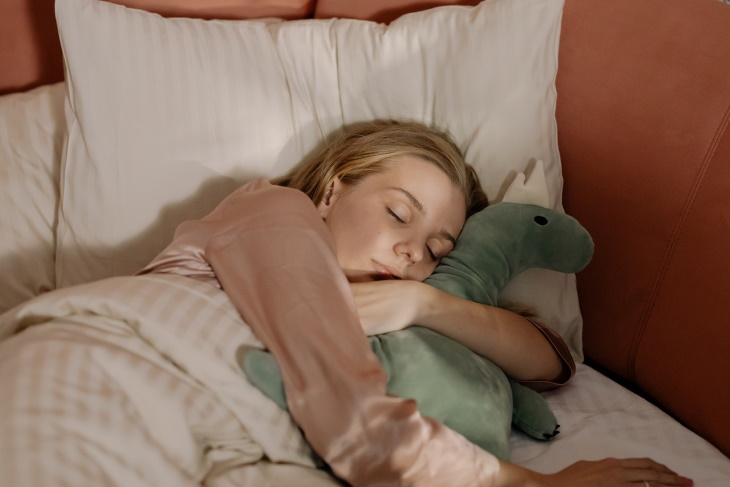
Therefore, there is no definitive answer to this question. It all depends on your body and daily schedule. For some people, switching to a two-sleep mode is the best; for others, a short nap or a longer siesta may be the sweet spot. As for the rest, sticking to the usual seven hours of sleep is the safest bet.
Related Article: Take a Daily Nap and Reap These Healthy Benefits
Polyphasic Sleep
Not to complicate things even further, there’s also an approach where a person sleeps several times a day called polyphasic sleep. Babies and our pets all have polyphasic sleep.

For adults, this sleeping practice is somewhat controversial because it can lower one’s sleep quality, not to mention that it’s impractical for most people.
That being said, some of the greatest and quirkiest geniuses in history have adopted a version of polyphasic sleep, so we decided to mention it in passing. For a few examples, Da Vinci is said to have taken 20-minute naps throughout the 24-hour cycle, whereas Einstein luxuriated in a 10-hour nightly sleep and extra naps throughout the day.
How to Begin a Biphasic Sleep Pattern
Begin by picking the type of biphasic sleep cycle (click here to see above) that best suits your needs and schedule. For example, if you frequently wake up in the middle of the night, the Two Sleeps Cycle may be the best for you, whereas those who tend to feel exhausted in the afternoon may benefit from a Midday Nap or Siesta.

Once you choose a type of bimodal sleep, stick to your schedule as much as possible. Set up alarms and train yourself to adopt the new program.
Limiting light exposure to about 1 hour before sleep is also beneficial. It prepares your body to produce the sleep hormone melatonin at those times, so avoid using mobile devices, watching TV, or taking walks in bright light. Also, maintain sleep hygiene, this article can help: 7 Science-Backed Tips to Get You Back to Sleep at Night
Give your body a week to adjust, and monitor your alertness and well-being throughout the process. If you constantly feel tired, especially a week after switching to biphasic sleep, it’s safer to roll back to your original schedule.
Remember - the best sleep schedule is the one that will let you get 7-8 hours of sleep every night and make you feel awake and full of energy throughout the day.
References: BBC, Sleep Foundation, Healthline, Medical News Today
 Go to BabaMail
Go to BabaMail


